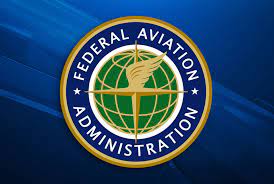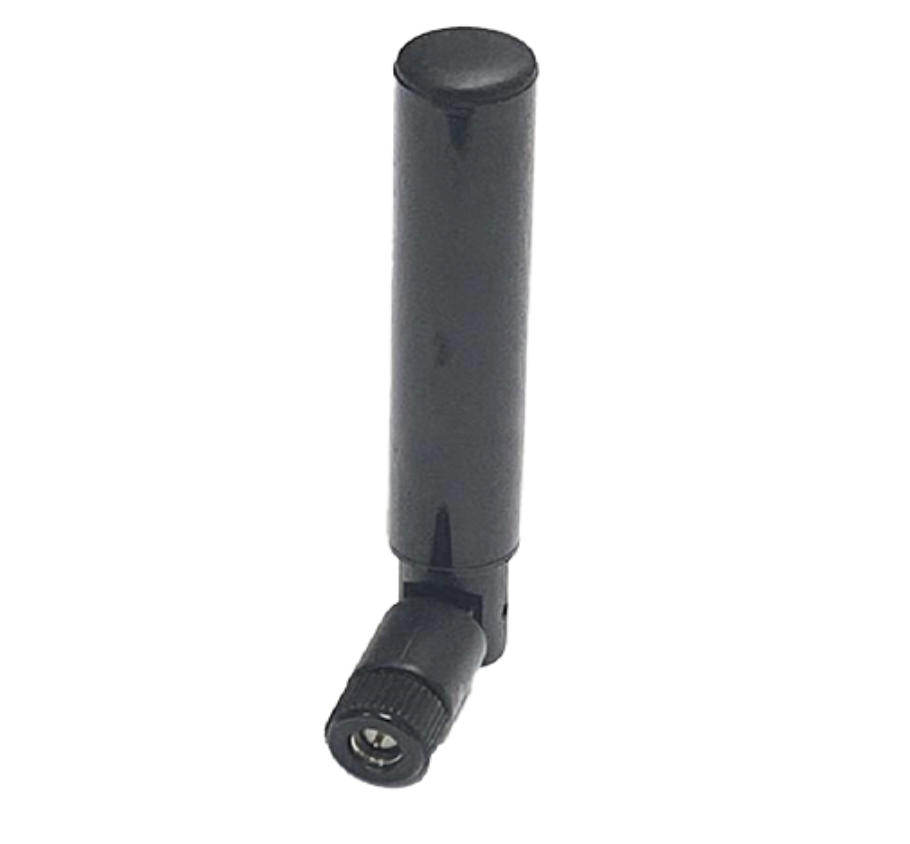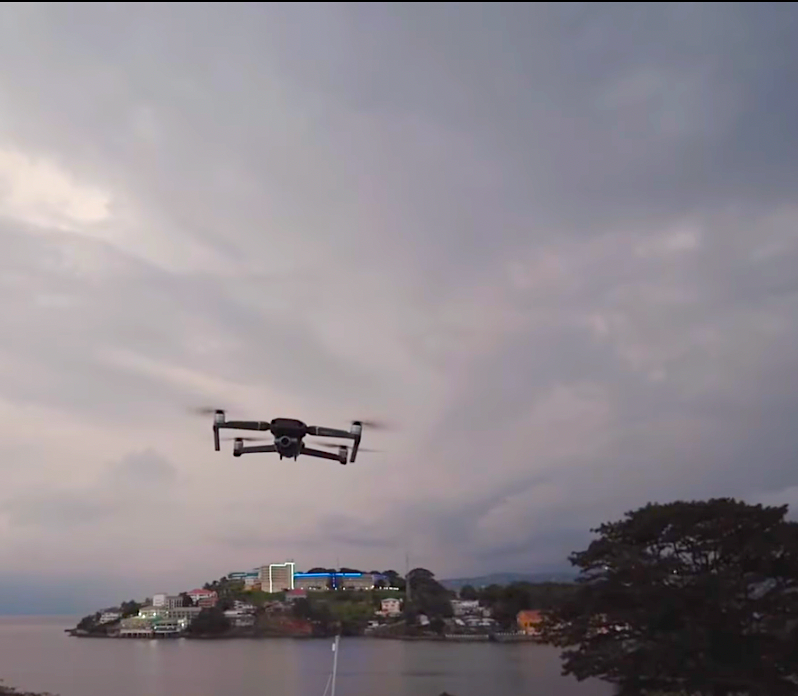Featured NewsTrending NewsFAA UpdatesFAA Reauthorization Bill Passed by House

25 July 2023
The following is another experiment in using ChapGPT to generate news articles. Please let us know what you think about these AI-generated stories by sending an email to Editor Michael Molenda.
The U.S. House of Representatives has successfully passed the FAA Reauthorization Bill, known as H.R. 3935 or the "Securing Growth and Robust Leadership in American Aviation Act," in a bipartisan vote of 351-69. This significant legislation, which spans five years, aims to address various critical aspects of the American aviation industry.
Earlier in June, the Bill cleared the House Transportation and Infrastructure Committee after undergoing necessary revisions to remove certain contentious components, such as the proposed expansion of flights at Ronald Reagan International Airport in Washington D.C.
Now, the Act proceeds to the Senate, where lawmakers are deliberating on their own version of the bill, named S. 1939. The current FAA Reauthorization is set to expire on September 30, necessitating Congress to either pass the 2023 Reauthorization or approve an extension of the existing bill to ensure the seamless functioning of the FAA.
The FAA Reauthorization encompasses a wide array of provisions related to airport and infrastructure modernization, addressing pilot and air traffic control shortages, cybersecurity, pilot training, drone integration, and more. In the past, passing the FAA Reauthorization has been challenging, often relying on a series of extensions. Notably, the 2018 FAA Reauthorization Act was the first to be enacted since 2012, and it marked the first five-year reauthorization since 1982.
One critical sector impacted by the timely passage of the FAA Reauthorization Bill is the drone industry. Both the House and Senate versions of the Bill include provisions specifically concerning commercial drone operations and Advanced Air Mobility (AAM) industries. The FAA Reauthorization packages have the potential to expedite rulemaking on Beyond Visual Line of Sight (BVLOS) flights, adhering to specific timelines and referencing recommendations from the BVLOS ARC, released in March 2022.
One notable section of H.R. 3935 states that within four months of the Act's enactment, the Administrator of the Federal Aviation Administration must propose rulemaking for establishing performance-based airworthiness criteria and risk-based operational regulations for unmanned aircraft systems intended to operate primarily at or below 400 feet above ground level and beyond visual line of sight.
Furthermore, the FAA Reauthorization packages outline additional agency responsibilities, encompassing UAS flights over the Arctic, carriage of hazardous materials by drones, funding for educational campaigns like "Know Before You Fly," integration of Remote ID, deployment of tethered drones for public safety, workforce development initiatives, and more. For instance, the House package calls for an increase in personnel for the UAS Integration Office within the FAA and the implementation of a comprehensive UAS Integration strategy.
While the FAA Reauthorization progresses through Congress, it's worth noting that the agency is presently without a permanent leader. The FAA Administrator is appointed by the President and subject to Senate approval. Since the departure of President Trump-appointed FAA Administrator Steve Dickson midway through his five-year tenure in March 2022, the agency has been led by Acting FAA Administrator Billy Nolen and currently by Acting FAA Administrator Polly Trottenberg. President Biden's initial nominee for FAA Administrator, Denver Airport CEO Phil Washington, withdrew from consideration amid doubts about his level of experience. It is reported that President Biden is now expected to nominate former FAA Deputy Mike Whitaker for the position.
As the FAA Reauthorization Bill advances, its potential impact on various aspects of the aviation industry, including the thriving drone sector, remains a matter of keen interest and anticipation. The passing of this legislation holds the key to shaping the future of American aviation, ensuring growth, safety, and innovation in the skies.













